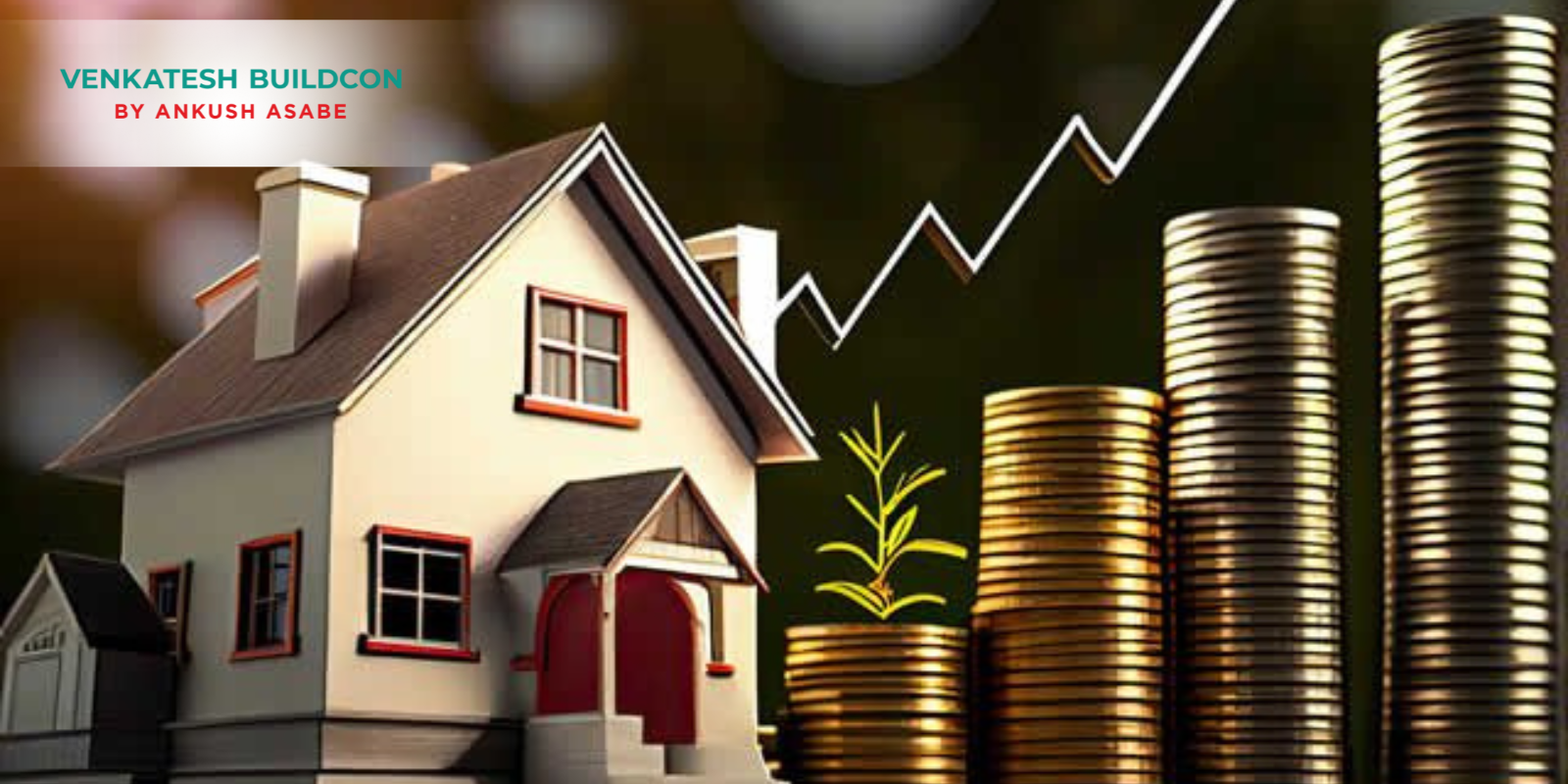Pune’s real estate market in 2025 is experiencing a dynamic surge, driven by a confluence of factors that are reshaping its landscape. From the expansion of IT corridors to the transformative impact of the Pune Metro, and a shift in buyer preferences towards sustainable living, the city’s property demand is on an upward trajectory. For prospective buyers and investors, understanding these driving forces is crucial to making informed decisions in the evolving Pune real estate market.
1. Rise in Housing Demand Driven by IT Corridors and Infrastructure Growth
Pune’s status as a prominent IT and educational hub continues to bolster its real estate sector. The growth of IT corridors, particularly in areas like Hinjewadi, Kharadi, and Magarpatta, has been instrumental in driving housing demand. These zones have seen an influx of professionals seeking proximity to their workplaces, thereby increasing the need for residential properties.
Infrastructure developments, such as the expansion of roads and highways, have further enhanced connectivity, making previously peripheral areas more accessible. This improved accessibility has led to a broader spread of housing demand across the city, with both core and peripheral areas experiencing growth.
2. Impact of Pune Metro Expansion on Micro-Markets
The ongoing expansion of the Pune Metro is significantly influencing real estate dynamics in the city. The Phase 2 extension, covering 43.8 km, is set to connect key areas like Hinjewadi, Shivajinagar, and Kharadi, thereby enhancing connectivity and accessibility.
Micro-markets such as Baner, Hinjewadi, and Kharadi have already witnessed a surge in property demand and prices due to their proximity to metro stations. Properties within 500 meters of metro corridors have seen annual price appreciations ranging from 10% to 25%, with some areas experiencing up to 80% price increases over three years. This metro-driven growth is attracting both end-users and investors, eager to capitalize on the enhanced connectivity and potential for capital appreciation.
3. Shifting Preferences Toward Sustainable, Larger Homes Post-Pandemic
The COVID-19 pandemic has brought about a significant shift in homebuyer preferences. With remote work becoming more prevalent, there is an increased demand for larger homes that offer dedicated workspaces and better amenities. Buyers are now prioritizing properties that provide comfort, space, and a conducive environment for work-life balance.
Sustainability has also become a key consideration. Homes with energy-efficient features, green building certifications, and eco-friendly designs are gaining popularity among environmentally conscious buyers. Developers are responding to this demand by incorporating sustainable practices into their projects, offering homes that align with the evolving preferences of today’s buyers.
Conclusion
Pune’s real estate market in 2025 is characterized by robust demand fueled by the expansion of IT corridors, the transformative impact of the Pune Metro, and a shift in buyer preferences towards sustainable and spacious living. For those looking to invest in Pune real estate, understanding these driving forces is essential. Areas with improved connectivity, such as Baner, Hinjewadi, and Kharadi, are witnessing significant growth and offer promising opportunities for investment.
Developers like Venkatesh Buildcon are aligning their projects with these trends, focusing on locations with enhanced connectivity and incorporating sustainable features to meet the evolving demands of buyers. As Pune continues to grow and evolve, staying informed about these developments will enable buyers and investors to make strategic decisions in the thriving Pune real estate market.
 Residential
Residential
 Ongoing
Ongoing
 Completed
Completed Upcoming
Upcoming Commercial
Commercial





